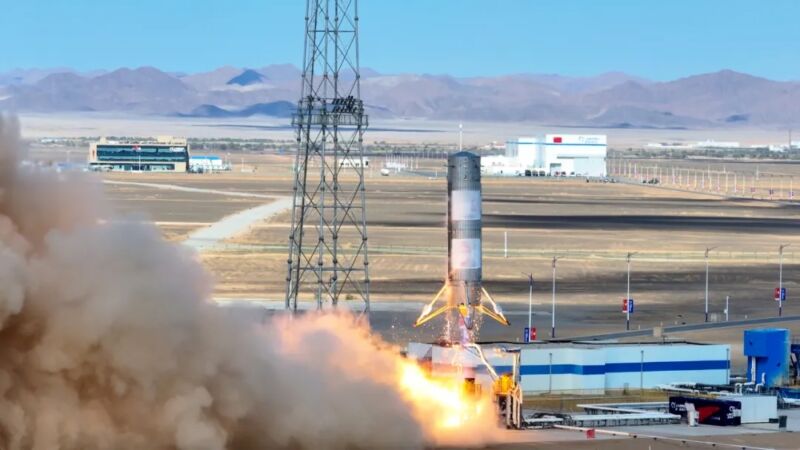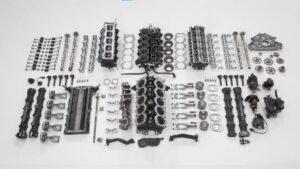Rocket Report: China leaps into rocket reuse; 19 people are currently in orbit

Enlarge / Landspace’s reusable rocket test vehicle lifts off from the Jiuquan Satellite Launch Center on Wednesday, September 11, 2024. (credit: Landspace)
Welcome to Edition 7.11 of the Rocket Report! Outside of companies owned by American billionaires, the most imminent advancements in reusable rockets are coming from China’s quasi-commercial launch industry. This industry is no longer nascent. After initially relying on solid-fueled rocket motors apparently derived from Chinese military missiles, China’s privately funded launch firms are testing larger launchers, with varying degrees of success, and now performing hop tests reminiscent of SpaceX’s Grasshopper and F9R Dev1 programs more than a decade ago.
As always, we welcome reader submissions. If you don’t want to miss an issue, please subscribe using the box below (the form will not appear on AMP-enabled versions of the site). Each report will include information on small-, medium-, and heavy-lift rockets as well as a quick look ahead at the next three launches on the calendar.
Landspace hops closer to a reusable rocket. Chinese private space startup Landspace has completed a 10-kilometer (33,000-foot) vertical takeoff and vertical landing test on its Zhuque-3 (ZQ-3) reusable rocket testbed, including a mid-flight engine reignition at near supersonic conditions, Aviation Week & Space Technology reports. The 18.3-meter (60-foot) vehicle took off from the Jiuquan launch base in northwestern China, ascended to 10,002 meters, and then made a vertical descent and achieved an on-target propulsive landing 3.2 kilometers (2 miles) from the launch pad. Notably, the rocket’s methane-fueled variable thrust engine intentionally shutdown in flight, then reignited for descent, as engines would operate on future full-scale booster flybacks. The test booster used grid fins and cold gas thrusters to control itself when its main engine was dormant, according to Landspace.
